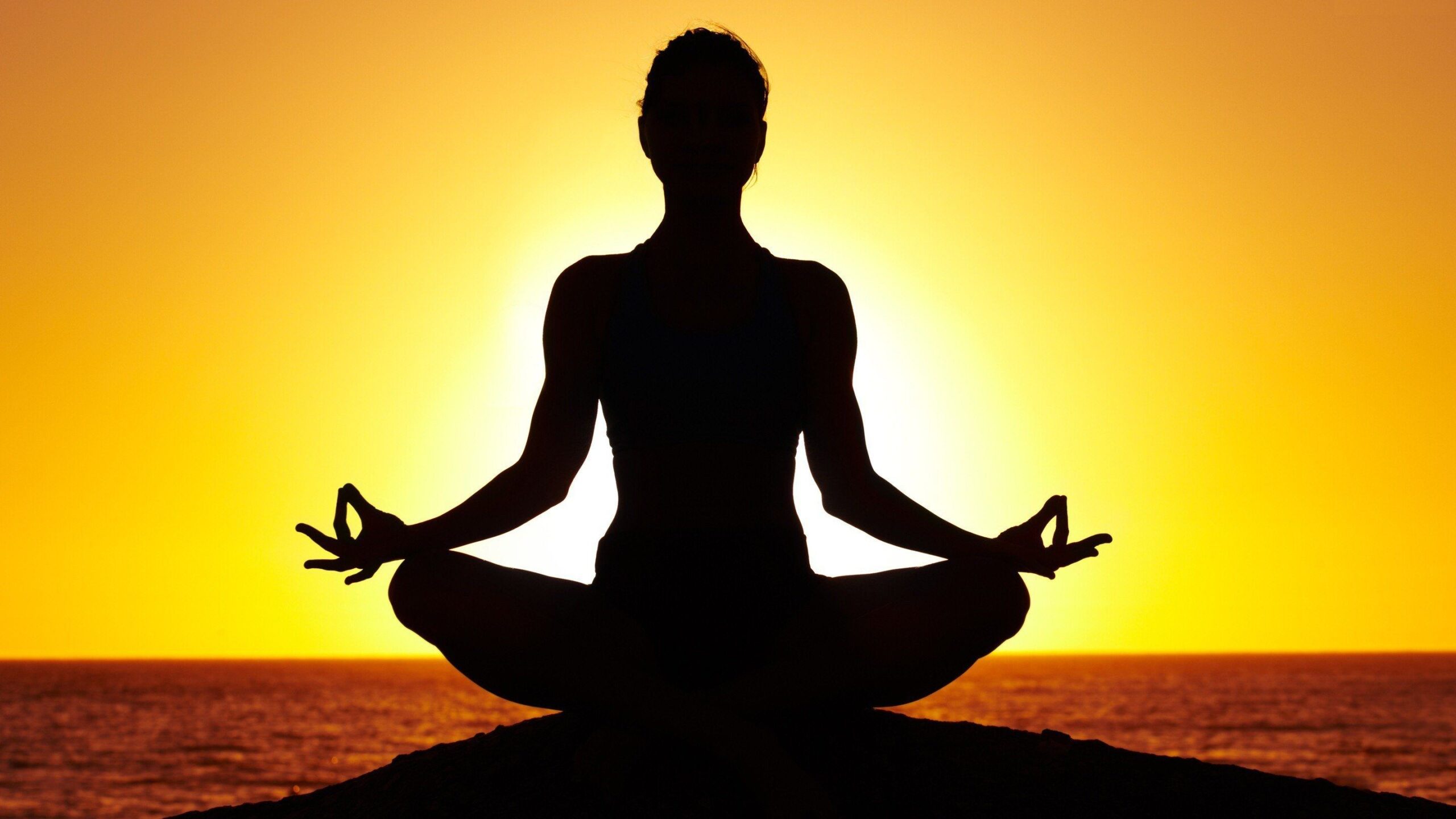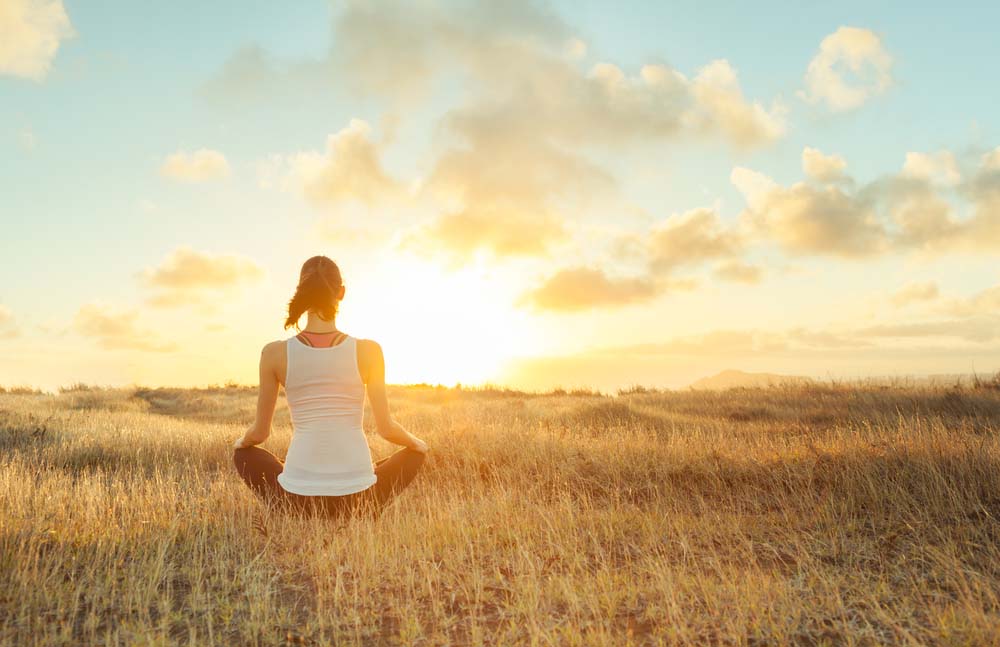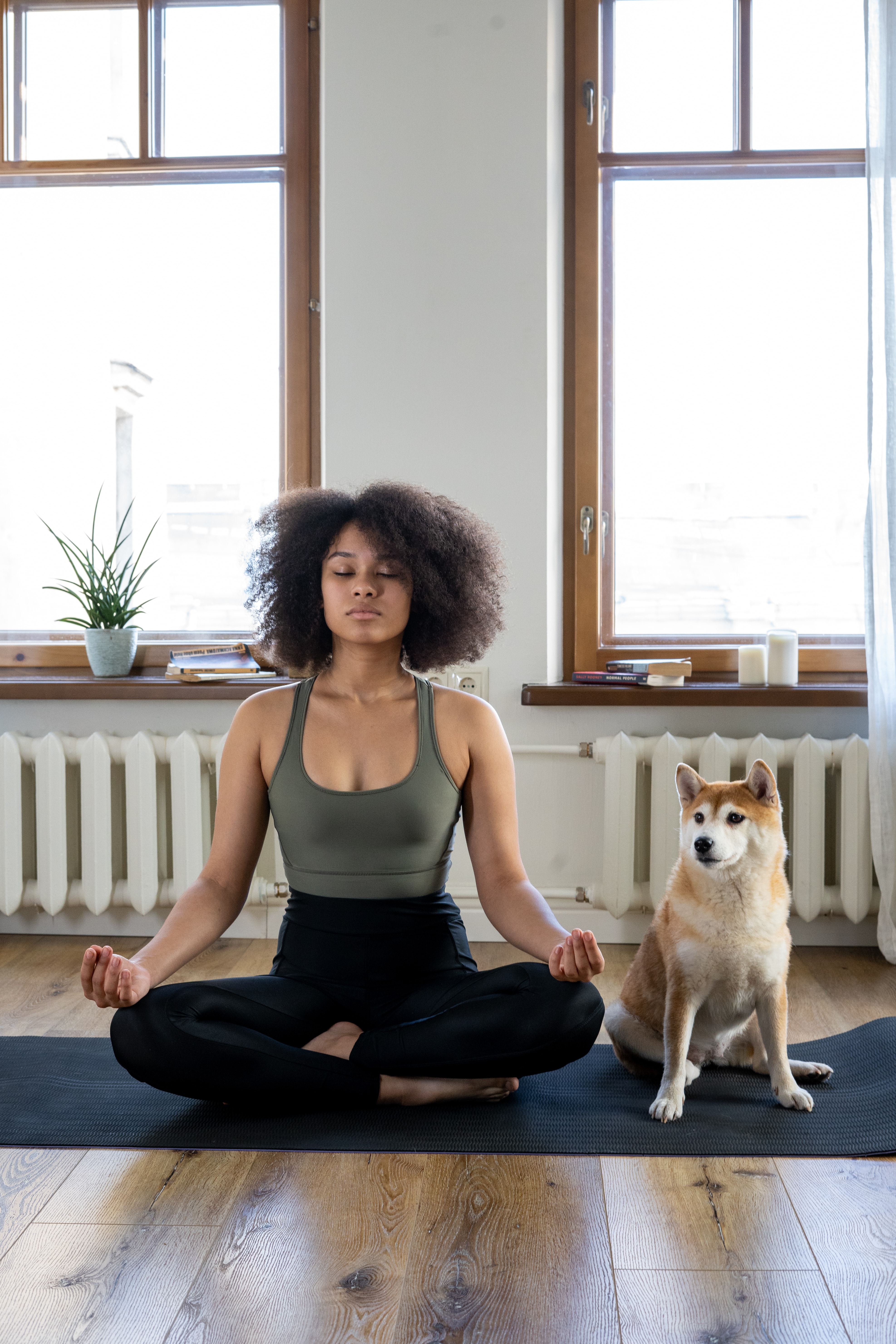Boost Your Health by Understanding How to Meditate?
Boost Your Health by Understanding How to Meditate?
Blog Article
Just How to Meditate: A Step-by-Step Technique to Achieving Mindfulness and Calm
Meditation serves as a powerful tool for achieving mindfulness and psychological tranquility in a hectic world. By understanding the essential concepts and methods included in reflection, people can cultivate a method that improves their general wellness.
Comprehending Meditation
Understanding meditation involves understanding its fundamental principles and techniques, which function as the structure for the technique. At its core, reflection is a psychological exercise focused on promoting relaxation, constructing inner power, and establishing empathy and insight. The method motivates individuals to focus their attention, commonly with methods such as deep breathing, visualization, or rule repeating.
Meditation can be categorized right into different styles, including mindfulness, transcendental, and loving-kindness reflection, each with distinctive functions and approaches. Mindfulness meditation stresses present-moment recognition and non-judgmental monitoring of thoughts and feelings, while transcendental reflection involves using particular mantras to go beyond regular mind. Loving-kindness meditation concentrates on establishing an attitude of love and compassion in the direction of oneself and others.
No matter the technique used, the main objective stays consistent: to grow a deeper understanding of the mind and its patterns. This self-awareness fosters psychological resilience, clarity of thought, and an extensive sense of tranquility (How to meditate?). By recognizing these methods and concepts, individuals lay the groundwork for a successful reflection practice that can significantly improve their overall wellness
Getting Ready For Your Method
Prior to starting your reflection technique, it is vital to develop an environment conducive to focus and relaxation. Guarantee that the location is free and clean of clutter, as a neat environment can help remove the mind.
Think about the lights, as all-natural light can boost your state of mind and energy. Soft, warm illumination is usually more calming than severe fluorescent lights. Furthermore, choose a comfortable temperature, guaranteeing that you are neither as well hot nor too chilly.
Integrating components that advertise harmony can additionally boost your experience. This may consist of soft paddings or coverings for convenience, in addition to relaxing scents from essential oils or incense. It can likewise be helpful to have a timer set for your reflection session to stop diversions from clock-watching.
Basic Meditation Techniques

One more reliable technique is body check reflection. This involves psychologically checking your body from head to toe, noticing any locations of stress or discomfort and knowingly loosening up those muscles. This method promotes a much deeper connection between your mind and body.

Finally, loving-kindness meditation concentrates on growing empathy towards yourself and others. Silently repeat expressions of goodwill, boosting psychological well-being and interconnectedness. Each of these strategies acts as a foundation for your reflection journey, permitting you to discover the method that reverberates best with your individual method.
Keeping Focus and Mindfulness

Establishing a dedicated meditation area can improve the capability to keep mindfulness. A peaceful, clean atmosphere reduces diversions, permitting much deeper immersion in the method. Furthermore, establishing a time frame can help manage assumptions; beginning with much shorter sessions may relieve the transition into longer techniques.
Using methods such as body scanning or observing sensations can also bolster mindfulness. These approaches urge experts to remain present and involved with their physicality, securing their focus in the moment. Regular technique is essential; the mind develops durability gradually, developing a more powerful capacity for emphasis.
Incorporating Reflection Into Life
Incorporating reflection into every day life can transform routine tasks into opportunities for mindfulness and self-reflection. By incorporating mindfulness methods right into typical tasks, people can cultivate a higher sense of visibility and Discover More serenity amidst the numerous hours of everyday life.
Begin by recognizing moments throughout your day where you can exercise and pause mindfulness. For example, during your early morning commute, emphasis on your breath or the experiences of the atmosphere around you. In the kitchen, technique cooking as a meditative practice, savoring the structures, shades, and aromas of the active ingredients. Even mundane tasks like walking or washing recipes can end up being chances for reflection by guiding your attention to the sensations of motion and the sounds bordering you.
Additionally, alloting dedicated times for meditation can strengthen its technique. Beginning with short sessions, gradually enhancing period as you end up being extra comfy. Usage reminders or cues-- like a particular time of day or a soothing sound-- to establish consistency.
Eventually, the goal is to weave mindfulness into the fabric of every day life, permitting you to come close to each minute with objective, thus enhancing your overall feeling of health and clearness.
Final Thought
In final thought, reliable meditation needs a quiet setting, a comfy setting, and a concentrate on the breath. By permitting ideas to develop without judgment and consistently rerouting interest to the breath, professionals can accomplish enhanced mindfulness and tranquility. Incorporating different techniques, such as body scanning and loving-kindness phrases, can better improve the method. Regular reflection, even briefly sessions, cultivates a deeper link to the here and now moment, ultimately bring about higher calm and psychological clarity in every day life.
Meditation can be classified into different styles, including mindfulness, transcendental, and loving-kindness meditation, each with distinct objectives and methods. Mindfulness meditation stresses present-moment awareness and non-judgmental monitoring of thoughts and sensations, while transcendental reflection includes the use of specific concepts to transcend normal thought processes.With your reflection space prepared, it's time to check out numerous basic meditation strategies that can help cultivate mindfulness and inner tranquility.Continually maintaining focus and mindfulness during reflection can be tough, especially for those new to the method.Developing a dedicated meditation space can enhance the capability to preserve mindfulness.
Report this page